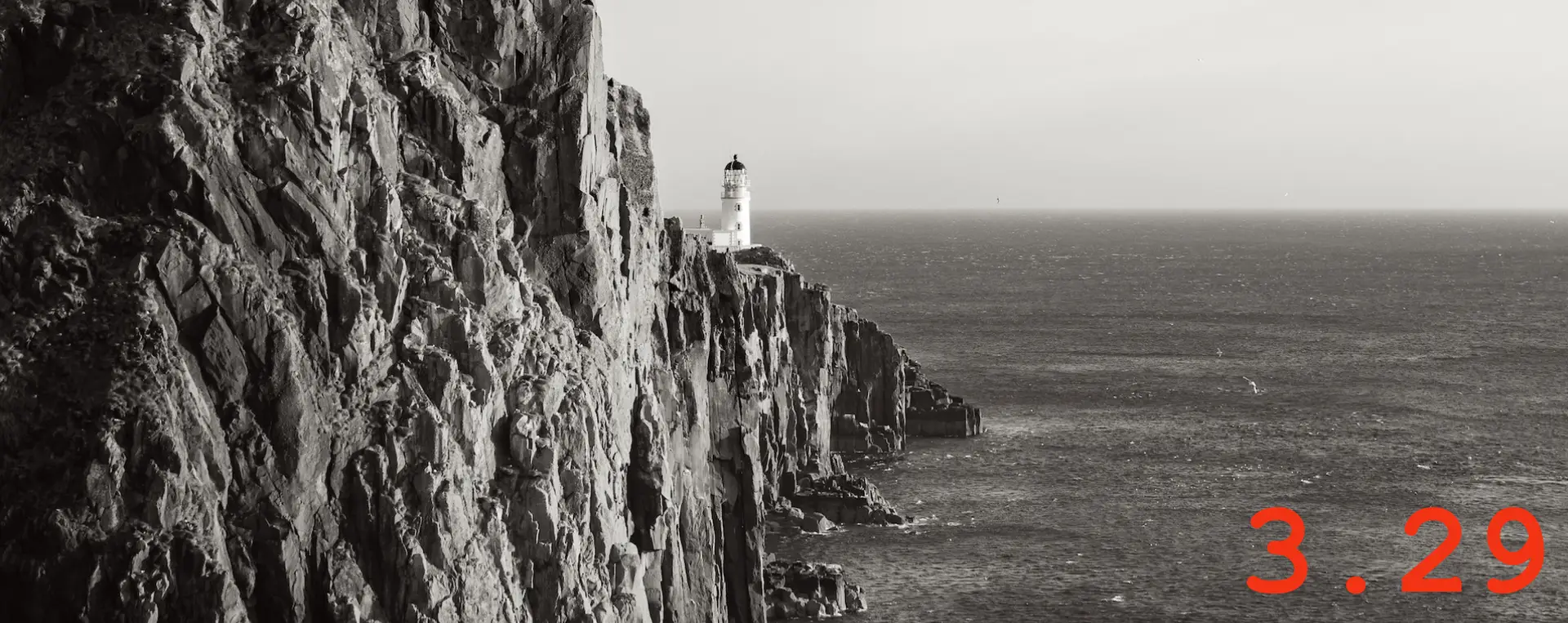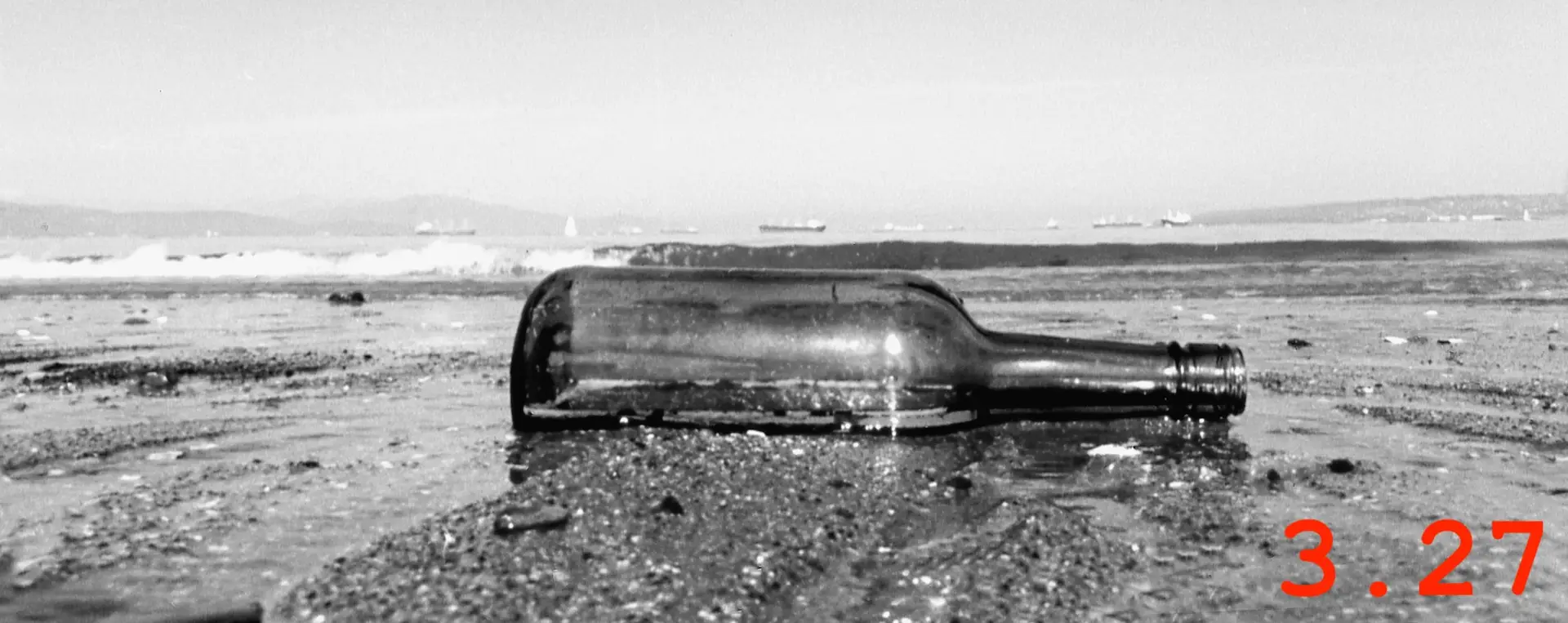Thought leadership should be fun, fast, and fearless. You tap into excitement about new ideas and advocate for something better. That’s the mindset behind The Idea Sled. Projects glide forward gracefully. It’s the momentum of commitment. This newsletter shows you how.
Content World in the End Times
OR
9 Ways Ideas-Led Growth Grows
While Content Is Dying
OR
Nietzsche for Niches
1.
Look around you. Do things feel off? The end times arrive with their own implacable force. Two fires over 100,000 acres are burning within 500 miles of my home. When I step outside in the evening, the sky hangs with a thick rubescent haze. As more forests burn across three continents, democracy is becoming a crass reality show, and we might be losing more than one hundred species daily.
It’s a late season for writing, too. “Content world” is responding to its apparent end times with more diversions. Somewhere between the climate disasters and geopolitical farce, specialists still drag down projects with meetings about content optimization. Have you heard that SEO is now GEO? Snackable is out. Snatchable is in. Teams pilot AI initiatives and experiment at the edges of what may prove to be their own obsolescence, starting more fires than they can put out.
The few who can still generate meaning in the face of entropy and statistical noisemakers survive and name their price.
2.
When you optimize thinking down to engagement metrics and keyword density, when you reduce communication to its lowest statistical denominator, you train your own replacement. The content industrial complex spent years eliminating everything distinctly human: voice, judgment, the capacity to stake a position that matters.
Machines learned to mimic what remained. We built the apparatus of our obsolescence by forgetting that communication exists to change how people think, while search algorithms exist to satisfy themselves. We taught a stochastic parrot to speak, not realizing it would rapidly evolve to ape content already stripped of human intention.
Survival belongs to those who choose influence over optimization.
3.
Institutional finance doesn’t work like consumer marketing. It’s not even “B2B.” It’s something like “B2I” (business to institution).
A company whose clients manage billions in assets, when settlement windows compress from days to hours, when regulatory frameworks reshape entire market structures, needs precision.
Domain expertise at this level is already rare. But being sharp takes more than subject-matter fluency. It demands an integral sense of how the psychology and ecology of decisions change when billions hang in the balance, to speak clearly and convincingly about asset lifecycles, to know which industry bodies matter and why.
Ideas-Led Growth has specialized to find growth in exactly this kind of environment. We have telescoped our focus from multi-industry to financial services broadly, then to institutional services and technology for capital markets, firms that serve sophisticated institutional clients exclusively.
Specialization at such depth resists automation and replication.
4.
High-stakes decisions follow different rules. Multiple stakeholders across regulatory bodies, industry associations, and management firms collectively set the terms for how billions move.
When portfolio managers allocate pension fund assets, when clearing houses adjust margin requirements, when central bank policies ripple through global markets, the decision psychology shifts from individual to organizational and then to an entire ecosystem.
The best thought leadership enters these conversations by shaping the questions decision-makers ask, the frameworks they use to evaluate options. It intervenes in a collective decision process with ideas that change the terms of industry-wide choices.
We continue to push past the line of content that simply exists into ideas that influence and reshape.
5.
Twenty years from now, few professionals will possess the capability to recognize sense from nonsense. The future workforce may arrive pre-weakened, cognitively dependent on systems they never learned to evaluate. They will have cut their teeth in a world where AI handled the heavy lifting of idea generation and synthesis.
This extinction event has already begun. The push to implement AI often outpaces efforts to retain the human systems that made discernment possible. Automating the misunderstanding of a process or an inherent discombobulation only uncreatively destroys institutional knowledge.
The survival advantage of the present belongs to those who can still think independently, who developed judgment before machines offered to do the judging.
Structural forces created the vacancy. The loop is ours now. Not “human in the loop,” because we’re not asking for permission to join it.
We inherited a monopoly we never intended to establish.
6.
The professional services recession creates a flood of available talent while driving prices down for generic work. We foster the opposite effect: easier competition and higher pricing for sophisticated services.
An industry of one: there is no competition when you define the terms.
7.
We are still here and still growing because we make clients’ business our business. We work within and across their organizational dynamics rather than delivering projects and disappearing.
This altruism also works in our interest. We understand the context in which deliverables get created, reviewed, disseminated, and monetized, so we can do more, better. Past, present, future. We know which dynamics created current challenges, why new organizational situations are developing, and how different stakeholder perspectives can be reconciled into something greater than their sum.
The loyalty effect compounds: clients expand engagements, take us to new firms when they change roles, become the primary growth mechanism. We form long-term relationships at premium pricing while competitors chase LinkedIn tactics and other outreach that nobody wants.
8.
When our own content generates minimal LinkedIn interaction, when view counts stay modest, when the algorithm ignores our posts, we know we are doing the right work our way.
The mass-produced content industrial complex optimizes for clicks and shares, measuring success by engagement rates and viral coefficients. We optimize for decision influence among people who manage billions. How we communicate is how we help our clients communicate.
The lack of engagement becomes evidence of focus, proof that we place material impact over attention-seeking behavior. Engagement was never a real metric anyway. Only the anecdotes matter. What happens in industry networks, conversations with former colleagues, and exchanges in boardrooms where real decisions happen.
Quality work and challenging ideas stay invisible to platforms designed to amplify the mediocre.
Low engagement signals success. Bottom lines over likes.
9.
What moves against the grain at this stage of collapse is the deliberate cultivation of human judgment, domain expertise, and relational depth. Surviving in the end times of content world means navigating complexity that machines cannot parse, building relationships that algorithms cannot replicate. The same may be needed to resist the larger burning.
Thriving requires embracing the paradox that sophistication becomes more valuable because of the deformation of thinking and writing into statistical prediction.
It’s end times in content world. But we are the counter-deformation movement.





